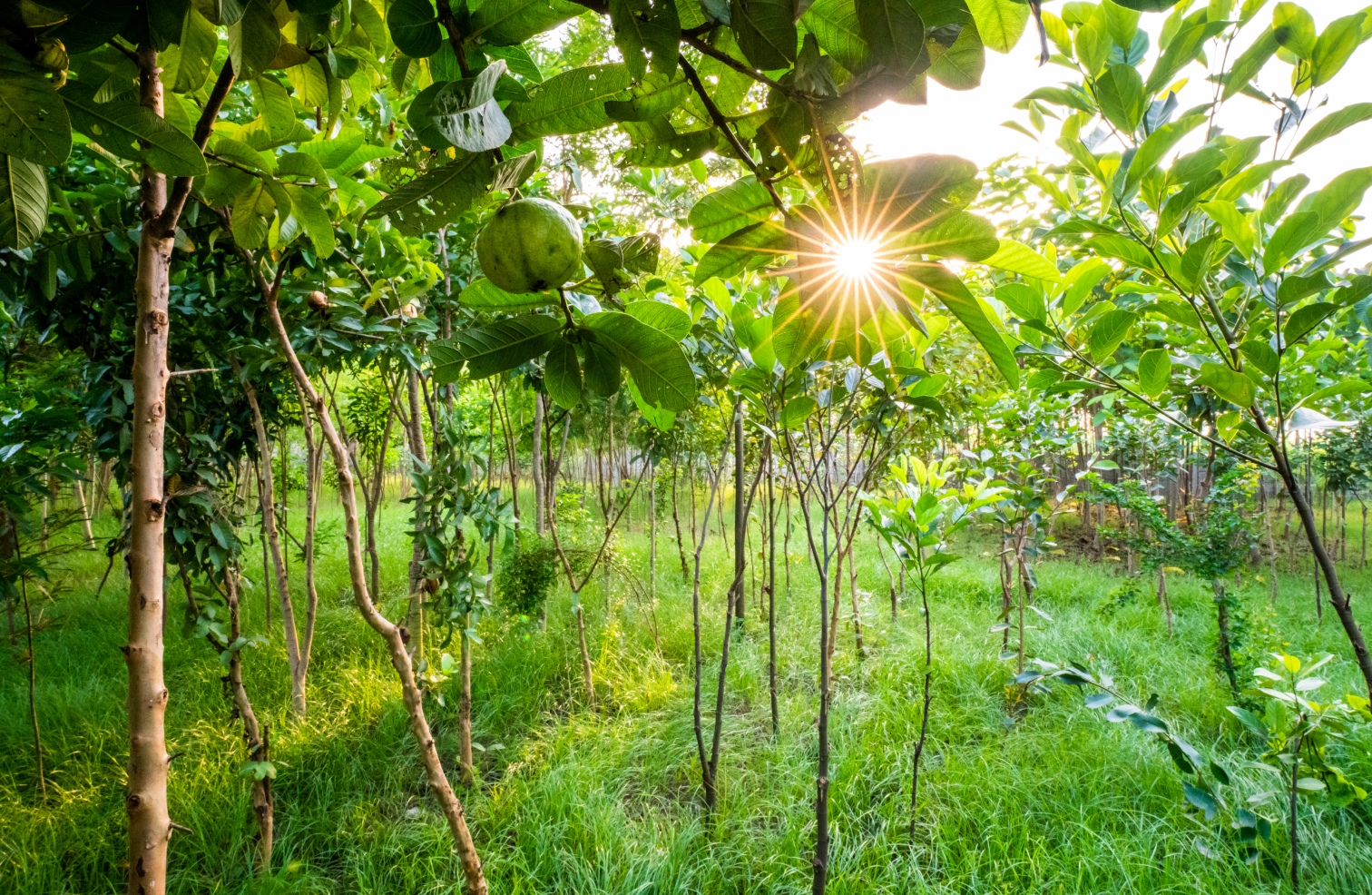Making climate action simple for anyone
who wants to help the environment,
therefore themselves.
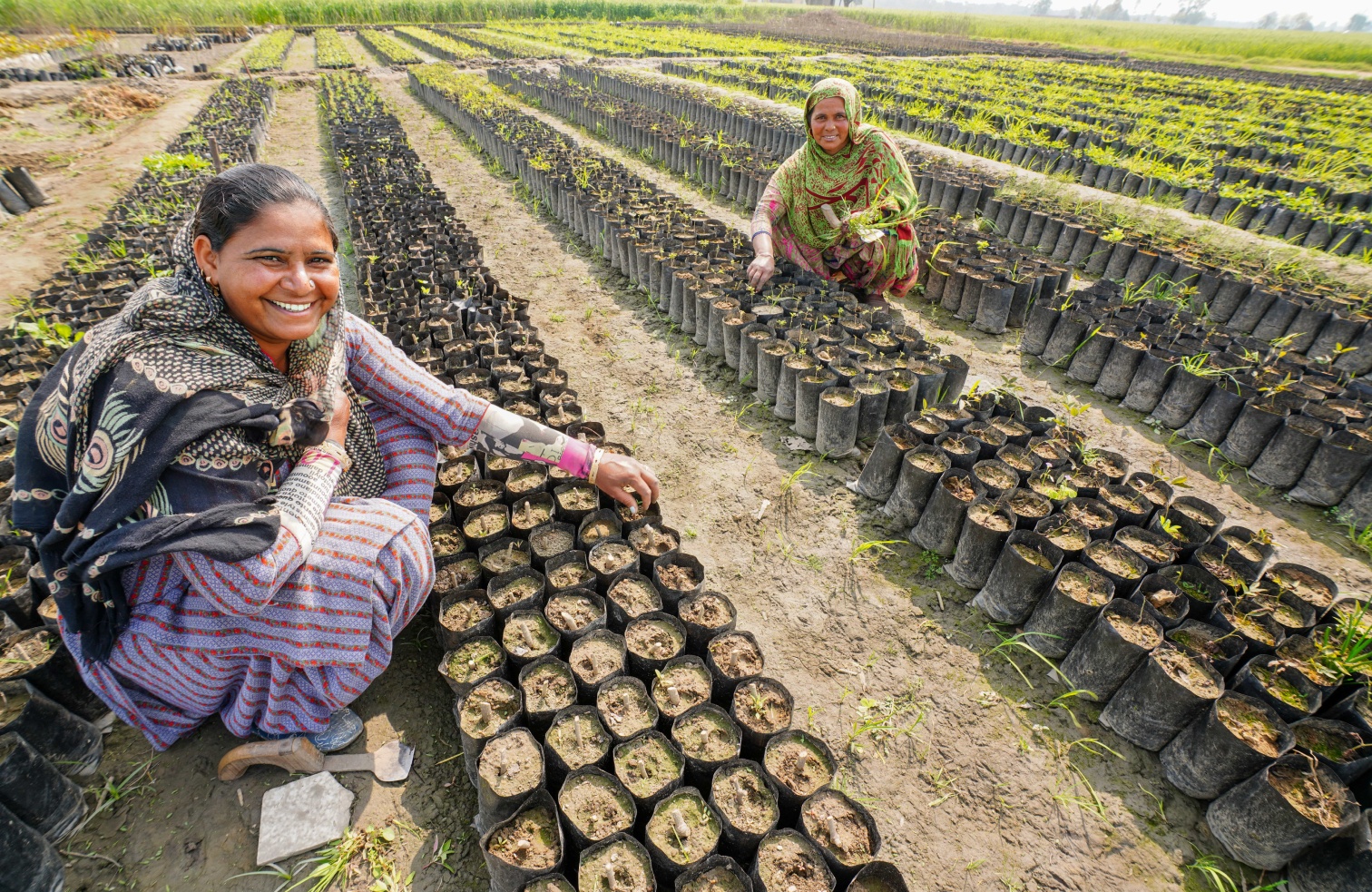
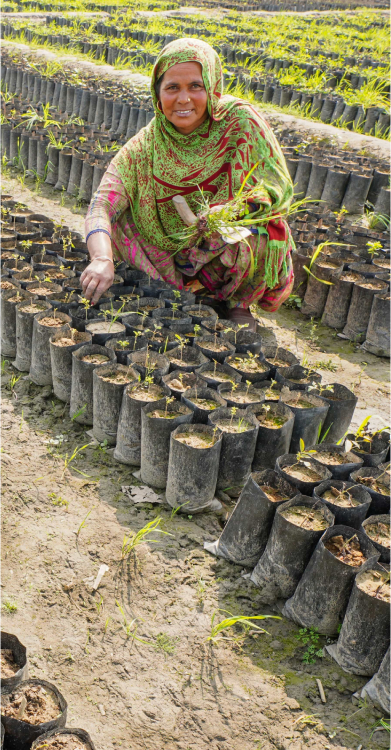
The Billion Tree Project
A science based climate action project, aimed at reforestation, improving groundwater levels, enhancing biodiversity, and promoting carbon sequestration.
We plant native species, that can grow and thrive in the local soil and weather conditions.
In addition to climate and environment action, this program has enabled economic opportunities for thousands of local women and men, enabling them the opportunity to live a better life.
How It Works
MOBILIZING COMMUNITY SUPPORT
Create awareness and motivate participation through plantation drives as a collective effort of local officials, people and especially youth.
PLANTING SAPLINGS
Identify indigenous plant species, planting sites and involve the local community in the plantation process.
ONGOING SUPPORT
Provide aftercare support - timely watering, manure application, remedy as needed and continued documentation.
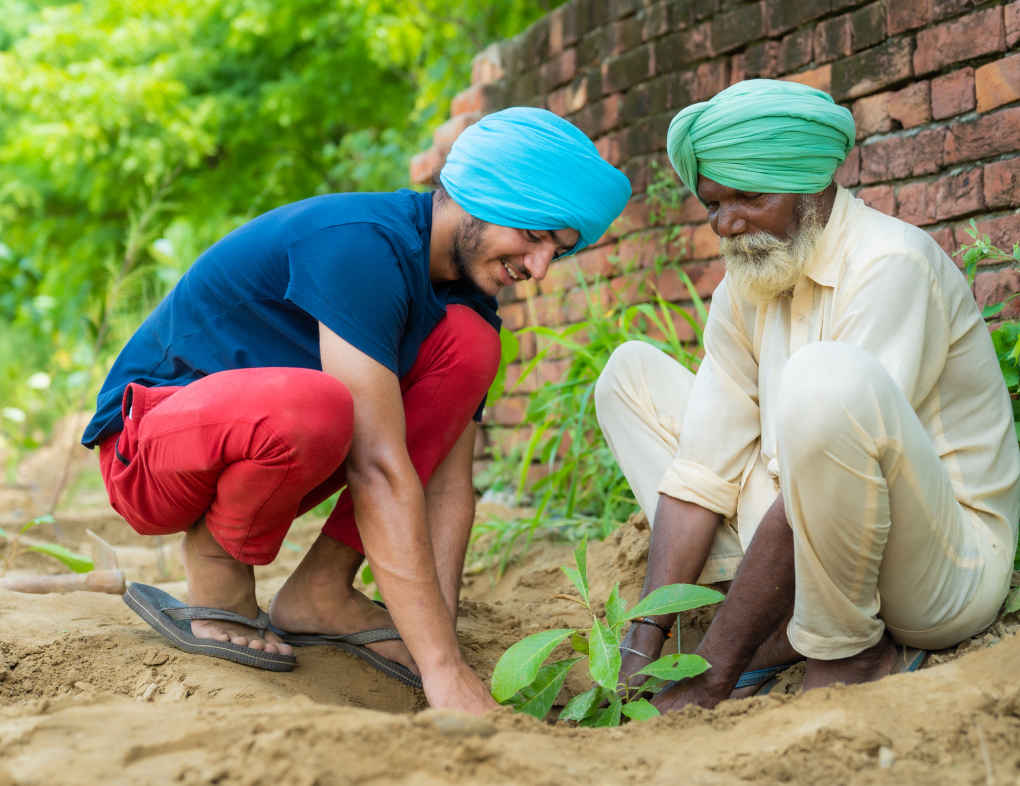
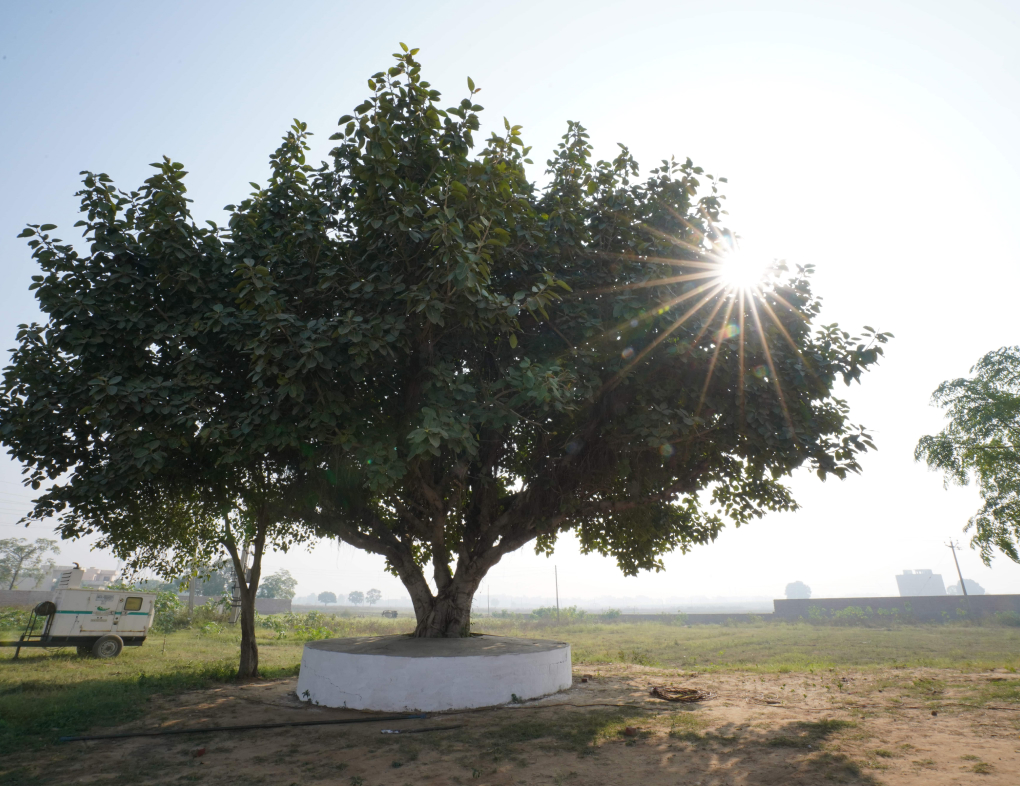
Outcomes
Greener Landscapes
Communities enriched with a green cover that provides shade and enhanced landscapes.
Restored Earth
Improved soil quality, reduced erosion, and increased groundwater to restore agrarian land.
Reduced Pollution
Carbon sinks to reduce air pollution and alleviate global warming.
At a glance
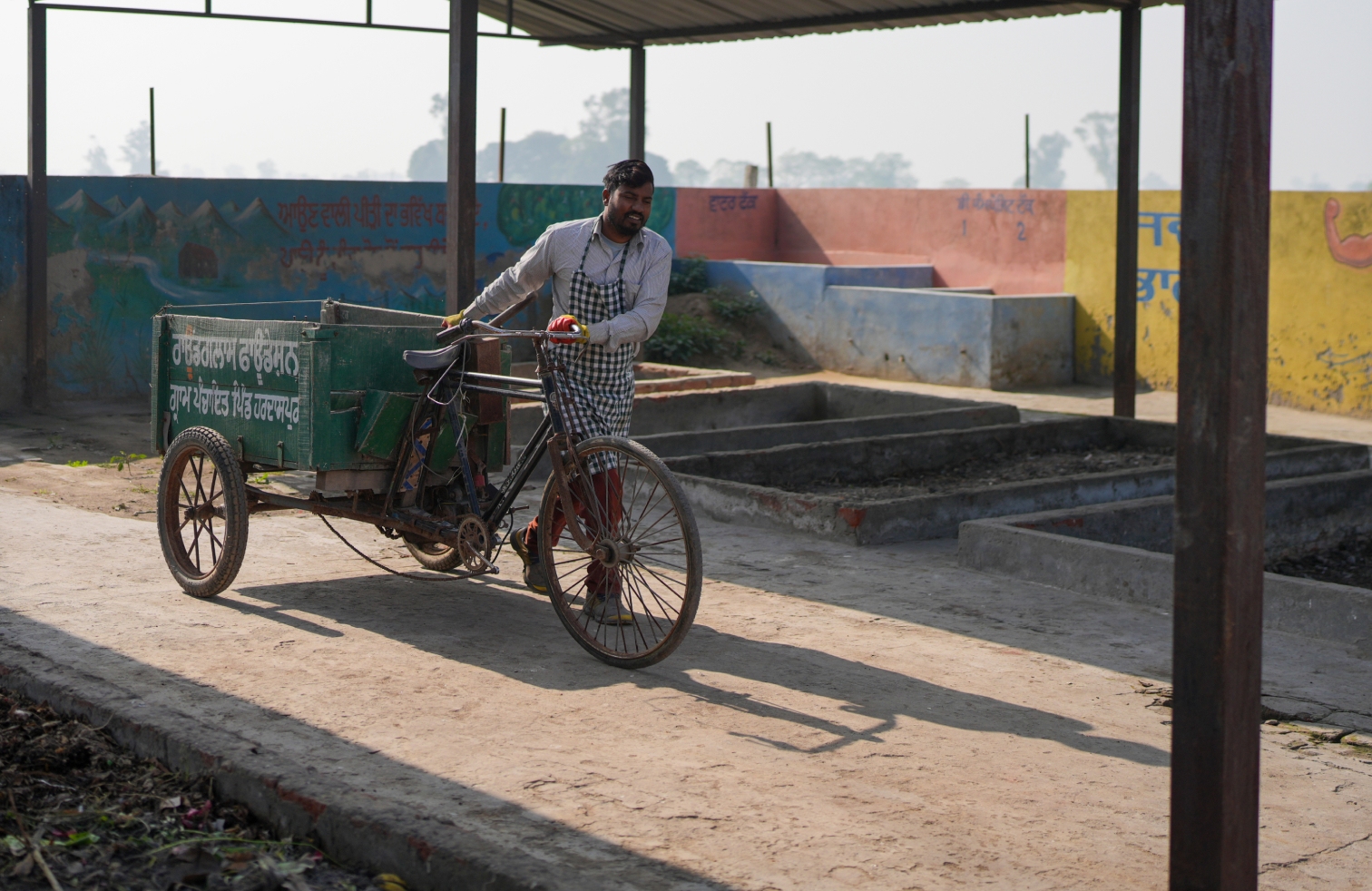
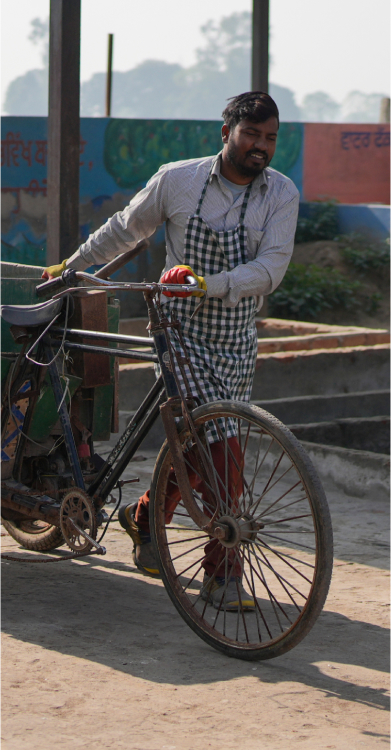
Waste Management
Eliminating the adverse impacts of waste to improve quality of life.
Inadequate or non functional waste management systems in villages lead to improper disposal of waste that pollutes the environment and adversely affects the health of residents.
With the daily waste generated in the villages expected to rise substantially over the next decade, it poses a public health crisis if not addressed immediately.
Our program works with the local communities, panchayats and district/state administrations to implement a decentralized segregation model for composting and recycling for efficient, cost-effective, and sustainable waste management.
How It Works
Creating Widespread Awareness
Continuous awareness building within communities to improve knowledge, participation, and attitudes towards sustained ecology and waste management.
Community-based Implementation
Identify and involve community champions for adoption, build and maintain composting facility, set-up street cleaning, and garbage collection system.
Keeping ZERO WASTE Targets
Analyze, monitor, and continuously optimize the process, outcome, community adherence, and participation for “Zero Waste” targets.
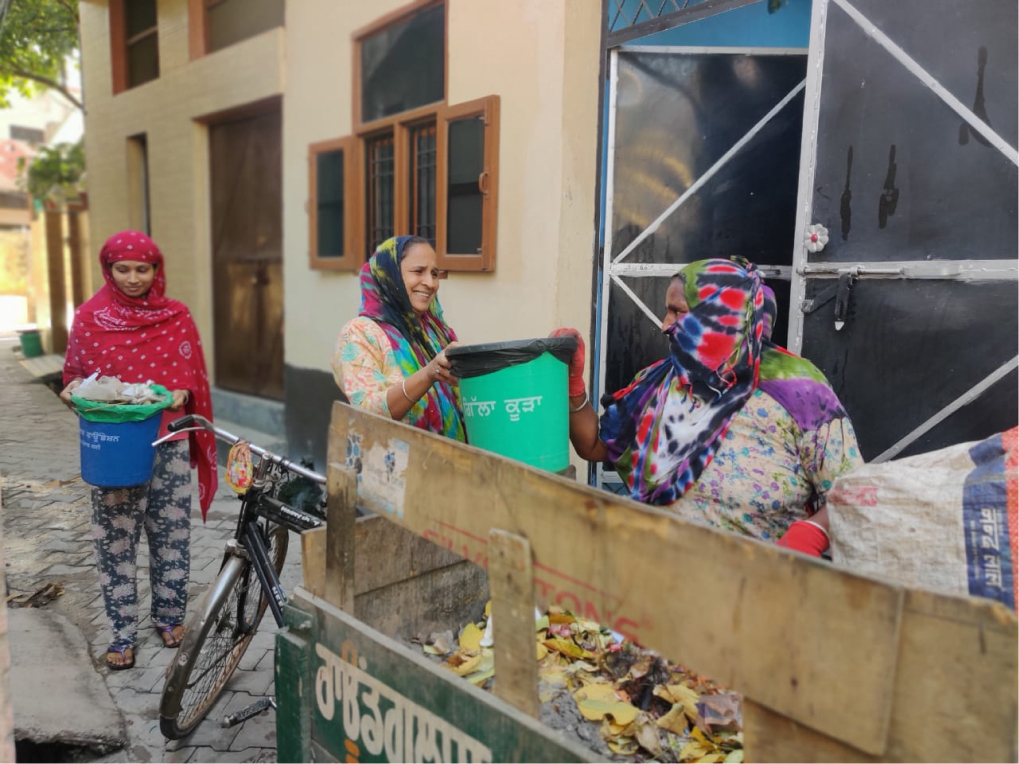
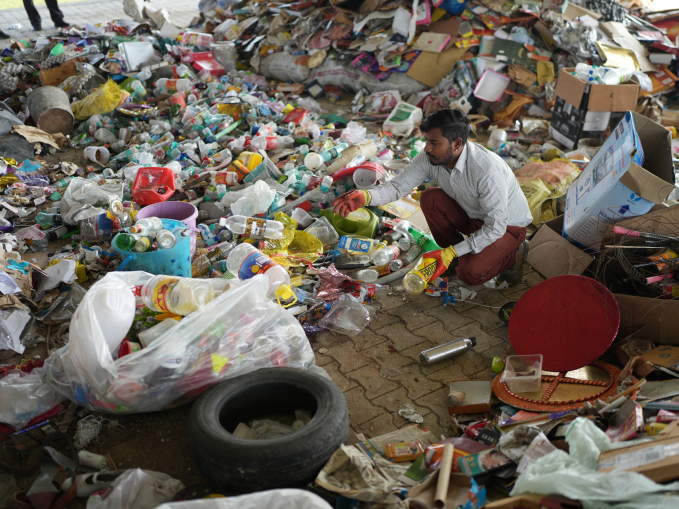
Outcomes
Healthier Community
WM ensures a higher level of hygiene and sanitation for both households and community, and reduces pollution.
Green Waste Reuse
Green waste gets converted to compost and aids local farmers with local low-cost manure, keeping waste from going waste.
Environmental Improvements
Waste segregation at source reduces pollutants from entering water systems and landfills, helps to avoid disease and maintains eco-balance.
At a glance
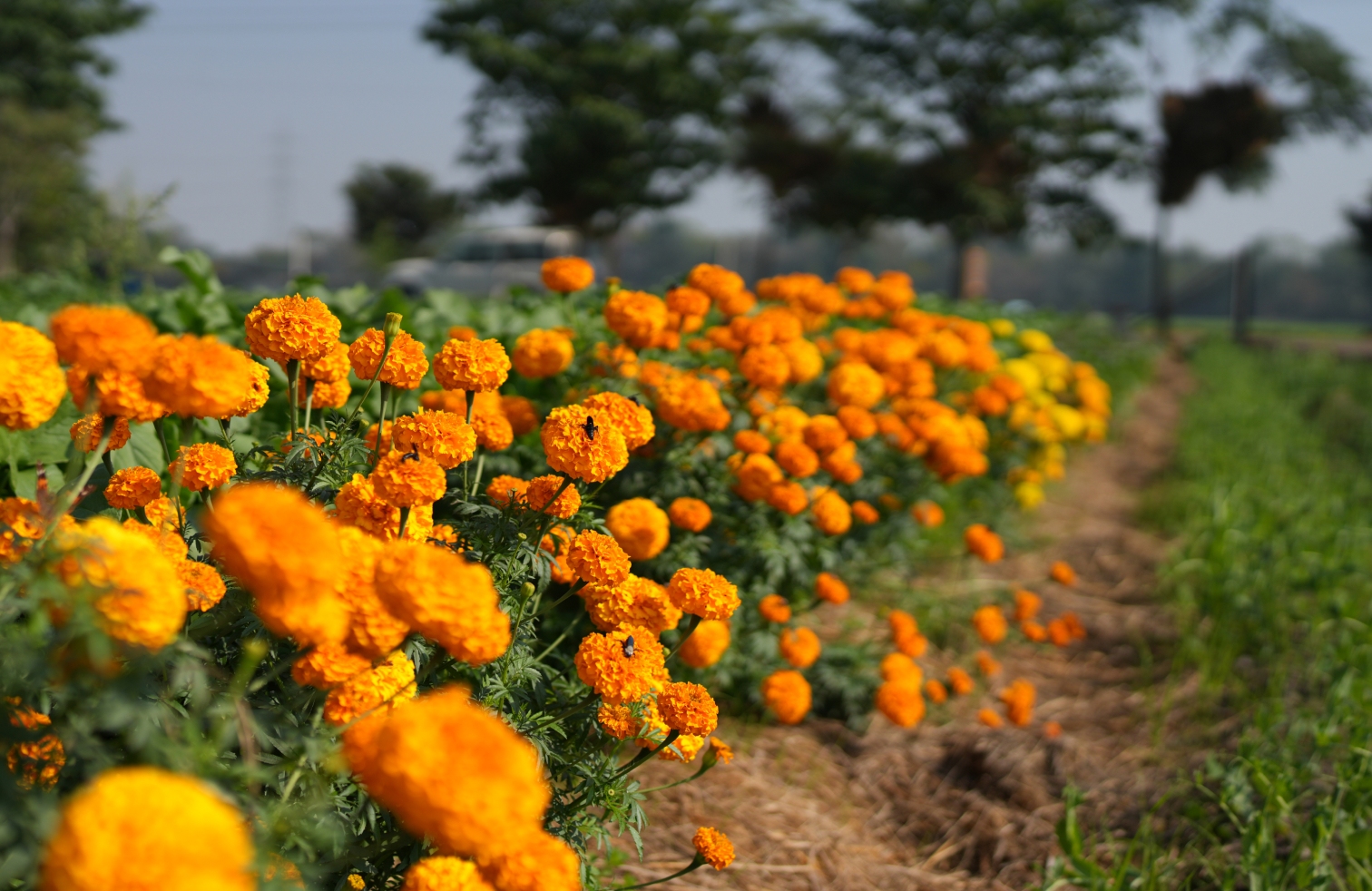
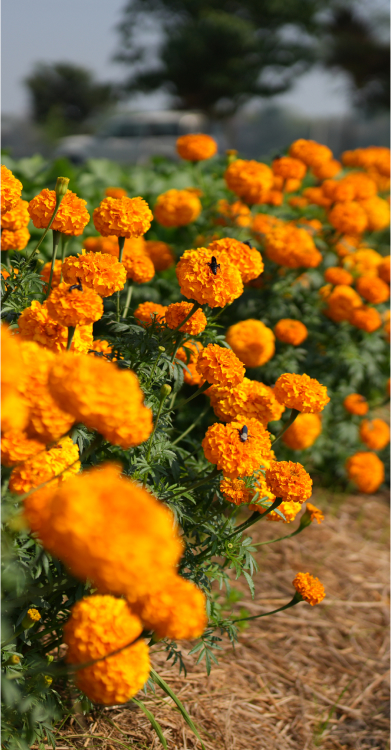
Regenerative Agriculture
Sowing the seeds of change for the land and its people.
Agrarian states like Punjab have suffered some of the greatest negative impacts of chemical fertilizer-based agricultural practices. The land of Punjab and its life support systems - its soil, water, air, environment and consequently the health of its people is going through an unprecedented crisis and affecting its agriculture, ecology, and economic development.
Regenerative agriculture is a triple WIN opportunity —for people, planet, and prosperity—positively impacting public health, mitigating climate change, and creating jobs and growth for the economy. A path to a new, more sustainable world.
How It Works
Model Farm
Developing a 100-acre model farm to demonstrate different methods of agriculture.
Outreach & Awareness
Create outreach extension programs to communicate benefits and build awareness.
Market Linkages
Develop market linkages – FPOs, green labelling and marketing support as well as financing instruments like carbon credits and revolving funds that improve income.
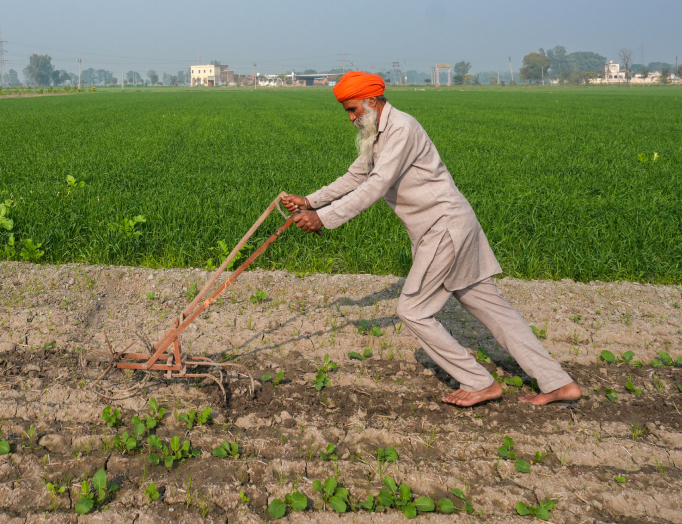
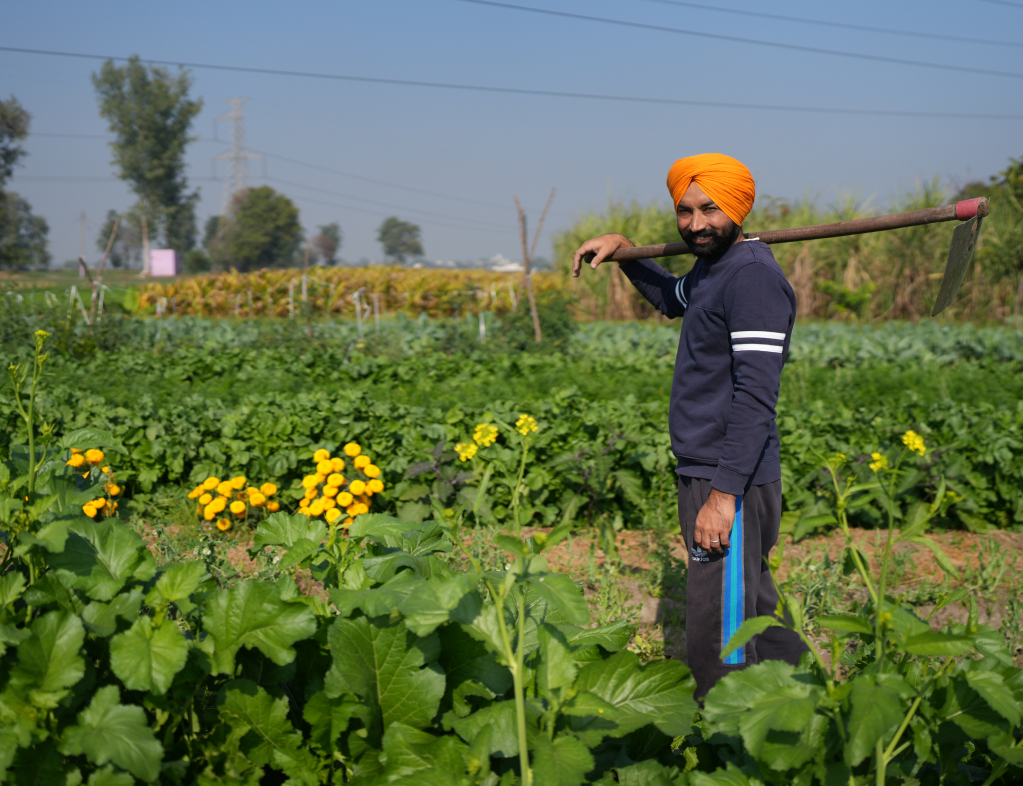
Outcomes
Sustained Farming
Boost in biodiversity enhancing productivity and resilience that contributes to a sustained farming system.
Healthy Community
Reduced disease and health issues within the farming population and consumers of farm products.
Revived Soil Health
Maintaining water tables and improvements in the quality of soil, resulting in food product free of chemicals and toxins.
